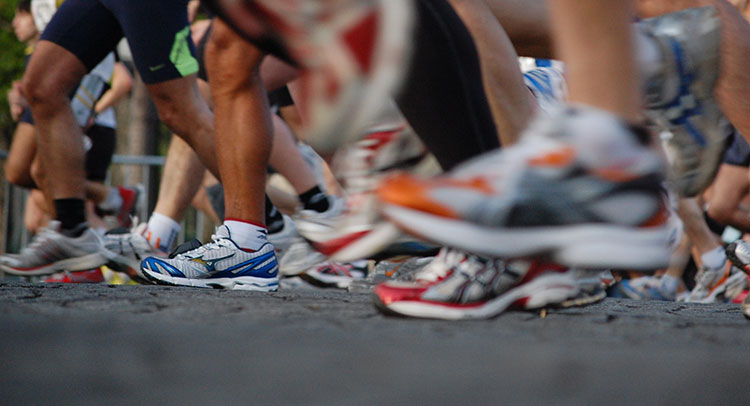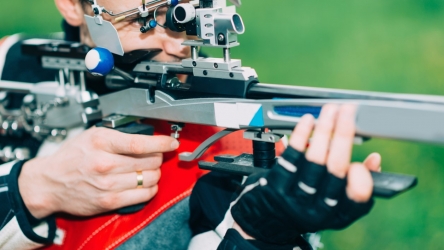
The model of running shoes that we use should be adequate. They should provide proper stability, cushioning and motion control. Shoes companies should be able to deliver products that could really improve the performance of athletes. Running shoes should be built based on common premises, such as minimizing impacts and prevent over-pronation. It is commonly believed that focusing on motion control could limit pronation. The main idea is that over-pronation could cause the rotation of the lower parts of the leg, such as knee, tibia and ankle. More pressure will be put on our joints and this could lead to injuries. It means that we should use running shoes that can effectively limit pronation. Essentially, our running shoes should be able to put our body in a proper alignment.
Running shoes should also provide the proper cushioning. Impact forces are often considered as a major scoundrel of feet injuries. Our lower legs could be affected by greater force of impact and this will elevate the level of stress that our feet need to endure. This situation could lead to actual foot injuries. For this reason, we should make sure that our running shoes can provide the right kind of cushioning. Even shoes with thin soles could provide us with better cushioning compared to barefoot running. Properly cushioned running shoes could reduce the peak pressure, compared to other sports shoes, such as tennis shoes. The cushioning should allow us to experience less impact forces.

When the heel makes contact with the hard ground, the impact force is at maximum. It could be transmitted to the upper leg and may even be felt up to our head. Running shoes should be able to minimize the force of impact on our heel. It is also believed that the development of injuries can be related to the force of impact. This is confirmed by the fact that people who run on hard surfaces with minimal cushioning are more likely to suffer from injuries. Low peak impact could still cause injuries, so it is important to ensure that we are fully protected. Trainers and coaches should use common sense to make sure athletes are more resistant to this condition. If they have been affected, there should be enough
However, we should be aware that if given a chance, our body could adapt to any surface that it us going to strike. The key is to avoid intense impact on hard surface if our body is not used to it. We could start with lighter impact on softer surface, such as grassy field with moderate frequency to give our bone, muscle and other tissue layers a time to adapt and strengthen themselves for more intense and harder impacts in the future. Another concept that we need to talk about is muscle tuning and we should see impact force as a kind of feedback. We should use this information to adjust the way we manage impact on our body.







